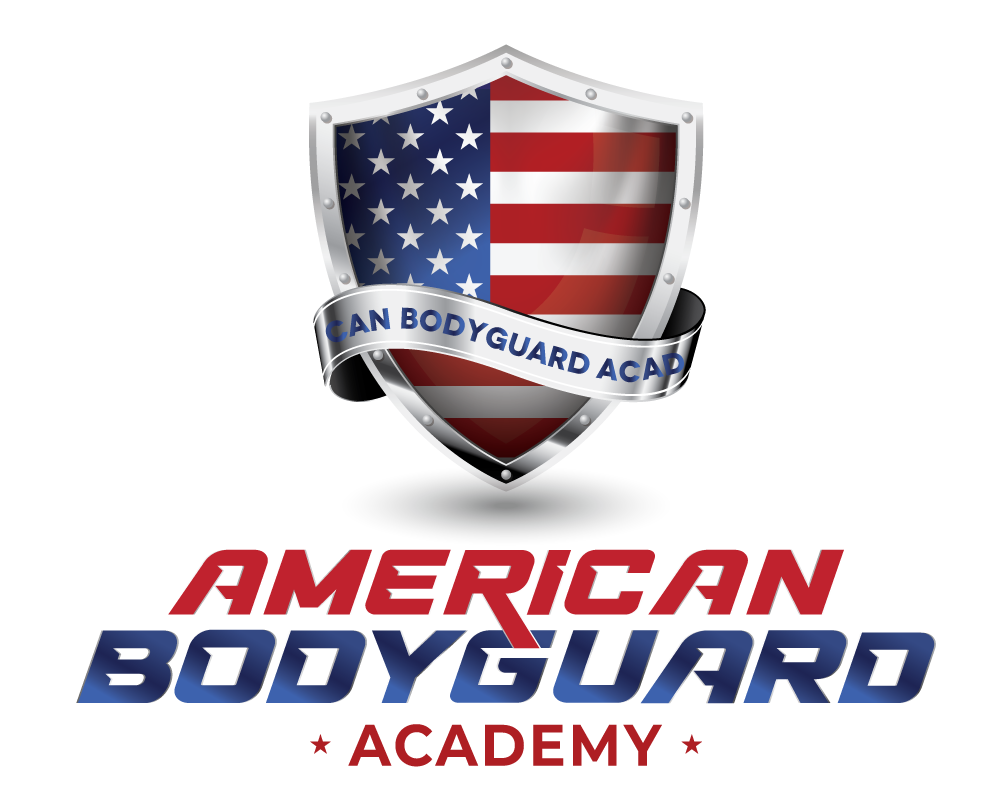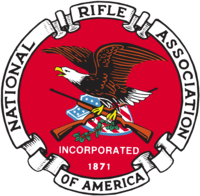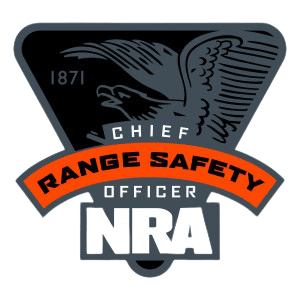ABA Level 4 Award in Close Protection in a Hostile Environment & Firearms Tactics (HEFAT)
Course Length
12 DAYS
Course Dates
March 15-26, 2022
& April 1-12, 2022
Course Cost
$1500
Course Location
Lebanon (Beirut)
Introduction
It allows opportunities for learners to develop a range of skills and techniques, personal qualities and attitudes essential for successful performance in working life along with the safe operation and understanding of weapon systems.
The awarding organisation for this qualification is American Bodyguard Academy.
Entry Requirements
Qualification Structure
Candidates must complete the 4 Mandatory units.
Foot Tactics
Vehicle Tactics
Weapon Tactics
Carbine Tactics
Assessment
Candidates must demonstrate the level of knowledge described in the unit. Assessment is the process of measuring a candidate’s knowledge and understanding against the standards set in the qualification.
Each candidate is required to produce evidence which demonstrates their achievement of all of the learning outcomes and assessment criteria for each unit.
Evidence can include:
– assignments/projects/reports
– worksheets
– portfolio of evidence
– course work
Learning outcomes set out what a candidate is expected to know, understand or be able to do.
Assessment criteria specify the standard a candidate must meet to show the learning outcome has been achieved.
To achieve this qualification all candidates must produce evidence which demonstrates their achievement of all of the assessment criteria.
Qualification
ABA Level 4 Award in Close Protection in a Hostile
Environment – Firearms and Tactics
Ofqual Qualification Number
Level
4
Total Qualification Time
100 hours
Assessment
Pass Or Fail Assessed And Verified By Centre Staff External Quality Assurance By ABA Verifiers Qualification
Learning Outcomes and Assessment Criteria
Unit : Foot Tactics
Learning outcome (The learner will) and Assessment criterion (The learner can)
1. Be able to differentiate between and deal with aggressive/non aggressive subjects
1.1 Carry out appropriate actions taken when dealing
with:
• non aggressive subjects
• aggressive subjects
2. Be able to carry out foot formations in a hostile environment
2.1 Adopt closed and open v, box and diamond foot
formations
2.2 Adapt the profile of the formation suitable for the
situation
2.3 Provide cover when moving a VIP on foot
3. Be able to adopt multiple firing positions and stances and shoot from cover
3.1 Adopt recognised positions that are appropriate to the cover and ground available, such as:
• prone
• kneeling unsupported
• kneeling supported
• crouching
• sitting
• standing
3.2 Adopt recognised stances to aid the marksmanship principles with any weapon:
• weaver
• modified weaver
• isosceles
• modified isosceles
3.3 Identify manmade and natural obstacles that can be used to aid the cover and support fire position
4. Be able to extract and support someone in danger
4.1 Remove a principle from a direct threat via the safest route
4.2 Remove a casualty from the scene of an incident via the safest means
4.3 Provide emergency evacuation drills to team
members and casualties during these incidents
5. Be able to react to attacks from different areas
5.1 Recognise enemy contact from all angles
5.2 React to enemy fire
5.3 Suppress the enemy by returning fire and extract
the VIP via the quickest and safest means
6. Be able to demonstrate the ability to provide body cover to a VIP
6.1 Identify a substantial threat that requires immediate action
6.2 Demonstrate techniques to move and provide vital cover to a VIP in:
• standing
• kneeling
• lying positions
7. Be able to disable armed aggressors and how to retain a weapon
7.1 Demonstrate how to disable an armed aggressor using taught hand to hand combat methods
7.2 Demonstrate taught hand to hand combat techniques to retain their personal weapon system from a potential aggressor
Unit : Vehicle Tactics
Learning outcome (The learner will) and Assessment criterion (The learner can)
1. Be able to carry out embus and debus drills
1.1 Adapt the profile of embus and debus dependant on the environment and operatives
1.2 Provide body cover when entering and exiting vehicles
1.3 Deal with potential aggressors when getting in and out of the vehicle
2. Be able to carry out vehicle movements
2.1 Demonstrate the ability to react to enemy fire with the use of the vehicle
2.2 Demonstrate how to evade enemy road blocks/check points
2.3 Demonstrate manoeuvring a vehicle whilst under enemy fire to act as cover and support to other team members
3. Be able to carry out vehicle extraction
3.1 Evacuate a casualty from a vehicle to a safe place
3.2 Demonstrate the ability to evacuate a vehicle with multiple casualty’s into an alternative vehicle whilst maintaining safety
4. Be able to store weapons inside a vehicle
4.1 Store (conceal) a weapon so as to not arouse suspicion at check points
4.2 Demonstrate successfully reacting to fire whilst weapons are stored
5. Be able to react to attack whilst driving
5.1 Recognise enemy fire from all angles
5.2 React to enemy fire when static
5.3 React to enemy fire whilst in transit
5.4 Extract in the vehicle via the safest route
Unit : Weapon Tactics
Learning outcome (The learner will) and Assessment criterion (The learner can)
1. Be able to use a weapon safely
1.1 Demonstrate the safe use of the weapon system, such as:
• safety mechanisms
• safe direction and aspects of range safety
• misfires / breaches
• safe loading and unloading
2. Be able to maintain a weapon system
2.1 Demonstrate the ability to correctly disassemble the weapon system using correct methods and tools (where applicable)
2.2 Demonstrate the correct method of cleaning to ensure the weapon functions correctly
2.3 Demonstrate the correct method of re assembly
including weapon safety and function checks
3. Be able to complete firing techniques at:
• long range
• close range
• multiple targets
3.1 Demonstrate the safe identification of:
• long range targets only
• close range targets only
• long and close range targets
3.2 Identify the safety aspects of firing at:
• close range
• long range
• left and right on a range
3.3 Fire a weapon at centre mass of the target at short and long range
3.4 Adopt varied stances to effectively shoot:
• in confined spaces
• at a distance
3.5 Carry out tactical turns to engage a target emerging from your immediate left or right
4. Be able to carry out tactical reloads
4.1 Demonstrate safe weapon handling whilst on the range
4.2 Adopt a variety of methods to aid in effective reload for:
• tactical
• speed
5. Demonstrate how to give body cover to a VIP whilst firing
5.1 Carry out all relevant drills to remove a VIP from danger so the candidate can accurately and safety engage the target
5.2 Adopt all the following different methods to aid in the effective protection of the VIP:
• linking
• hipping
• collar grab
Unit : Carbine Tactics
Learning outcome (The learner will) and Assessment criterion (The learner can)
1. Be able to use a weapon safely
1.1 Demonstrate the safe use of the weapon system,
such as:
• safety mechanisms
• safe direction and aspects of range safety misfires / breaches
• safe loading and unloading
2. Be able to maintain a weapon system
2.1 Demonstrate the ability to correctly disassemble the weapon system using correct methods and tools (where applicable)
2.2 Demonstrate the correct method of cleaning to ensure the weapon functions correctly
2.3 Demonstrate the correct method of re assembly including weapon safety and function checks
3. Be able to complete firing techniques: long range, close range, from behind cover
3.1 Demonstrate the safe identification of:
• close range targets
• long range targets
3.2 Identify the safety aspects at firing at:
• close range
• long range
• behind cover
3.3 Fire a weapon at a target aiming at centre of mass
3.4 Adopt the following stances to aid in the effectiveness of shooting at a distance:
• prone
• kneeling (supported / unsupported)
• standing
4. Be able to fire from alternative firing positions
4.1 Demonstrate weapon handling whilst on the range
4.2 Identify which fire position is best for the
• environment
• distance
4.3 Adopt and accurately acquire targets so aimed shots at centre mass are being applied
5. Be able to tactically withdraw from contact
5.1 Demonstrate identification of targets at
• long range
• close range
5.2 Identify the safety aspects at firing in close proximity to other candidate whilst in motion
5.3 Fire a weapon with aimed shots at centre mass of the target
5.4 Adopt varied positions, stances and tactical turns in order to safely and accurately return fire
5.5 Retreat back to safe area successfully
6. Be able to carry out tactical reloads
6.1 Demonstrate safe weapon handling whilst on the range with another candidate
6.2 Identify the safety aspects at firing in close proximity to another candidate
6.3 Carry out all relevant drills and reload the weapon as to give the enemy a lower amount of time to engage the student
6.4 Adopt variety of methods to aid in the effective reload for
• tactical
• speed
7. Be able to switch from a primary to a secondary weapon
7.1 Demonstrate safe weapon handling whilst on the range
7.2 Identify which fire position is best for the environment and distance
7.3 Adopt and accurately acquire targets and shoot with a damaging effect
7.4 Demonstrate the ability to holster or sling the primary and safely draw the pistol and carry on engaging the target












